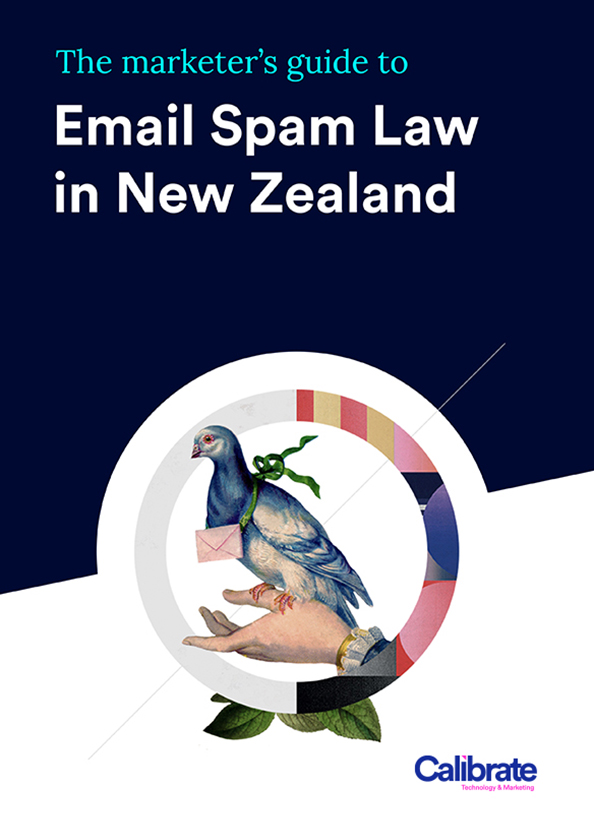List growth is something that every marketer strives for, but which is too often oversimplified.
Most people will measure their list size by taking the total list count, subtracting unsubscribes and non deliverables to give them a count of mailable subscribers. Simple right? But this ignores an important reality of email marketing which is that most subscribers will, at some point, simply ‘switch off’ and withdraw.
These inactive subscribers have stopped reading your emails for any number of reasons – they might have switched to using another email address, your emails might not be getting delivered to their inbox or they may have simply lost interest in your content. Whatever the reason – you should be monitoring the proportion of your list which is not active so you can understand your true list attrition or churn rate.
When we dig in to this with our clients, it’s not unusual to find that up to 50% of a list is no longer engaged and annual churn rates are anywhere between 10-25%.
There are many strategies for minimising list attrition including segmenting to improve message relevance, introducing smart frequency controls, split testing different content and sending reactivation campaigns, but even if you’re doing all of this you still need to be topping up your list with enough fresh subscribers to ensure strong growth.
The reality is, many marketers are simply not growing their email lists fast enough to counter natural attrition rates.
But how do you know how fast your list is churning? Engagement segmentation is something which every email marketer should be practising, but which is still surprisingly uncommon. To do this, you first of all need to define what an active subscriber means in the context of your business. This can vary based on a range of factors such as mailing frequency, industry vertical and your typical customer lifecycle. As an example, an FMCG retailer who mails twice weekly might consider an active subscriber to be someone who has opened at least 1 mailing in the past 30 days, whereas an insurance provider who mails only bi-monthly might determine anyone who has opened any email in the past 6 months is active.
Another way to measure engagement is looking at the number of opens or clicks as a percentage of recent emails sent to each subscriber – for example, anyone who has opened at least 1 of the last 5 emails received. This can be a useful way of simplifying your calculations when mailing frequency varies across your list.
Once you’ve defined what an active subscriber looks like, you can move on to looking at lapsed or inactive subscribers. Some marketers like to break this down further with a ‘Dormant’ or ‘Lapsing’ segment, for example anyone who last opened between 30-60 days ago, or someone whose last open was recorded between 5-10 mailings ago, whereas ‘Lapsed’ might be anyone who last opened over 60 days ago, or has not opened any of the last 10 mailings. It can also be useful to track ‘Inactive’ subscribers, that is people who have never opened any of your emails. This should be broken down further by recency of subscription, to help you to understand how effective your onboarding strategy is (but that’s a topic for another day).
At this point, it’s important to concede that measuring engagement with opens and clicks is far from an exact science. We know that, due to the prevalence of image blocking, it is entirely possible that someone could read your emails without ever registering an open. We also know that the mere presence of unopened emails in the inbox can have an effect on brand awareness – just seeing your subject line can prompt a desirable action. But common sense also tells us that if people aren’t opening or clicking, they are far less likely to be positively influenced by your emails over time.
The important thing to get from this exercise is to be able to measure and track the number of active recipients you have now and the rate at which you are losing these subscribers over a specified period of time – expressed as percentage of the total base. This will tell you the minimum number of new subscribers you should be adding to your list in order to counter this rate of churn.
Now that you’ve figured out how fast your list needs to be growing, you can focus on implementing strategies which will meet your goals. At our agency, there are two main types of approach we look at – conventional or ‘always on’ methods such as optimising your websites, landing pages and offline touch points to maximise data capture opportunities from every visit, leveraging social media to improve reach and so on. Getting everything right here can certainly make a significant difference to your list growth rates, but these tactics can only do so much.
In order to see really strong list growth, you need to be investing in a regular cycle of list building campaigns, designed to inject a burst of fresh subscribers to your database.
These campaigns can take a variety of forms but, in my experience, the ones which tend to work best are those with a powerful incentive or value proposition, strong creative and a referral or sharing mechanism built in. Many of our clients allocate budget for these kinds of campaigns quarterly and see an excellent return on investment.

We’ve created a comprehensive 16 page guide including a Compliance Checklist so you can learn the key elements and tell if your company is protected.


